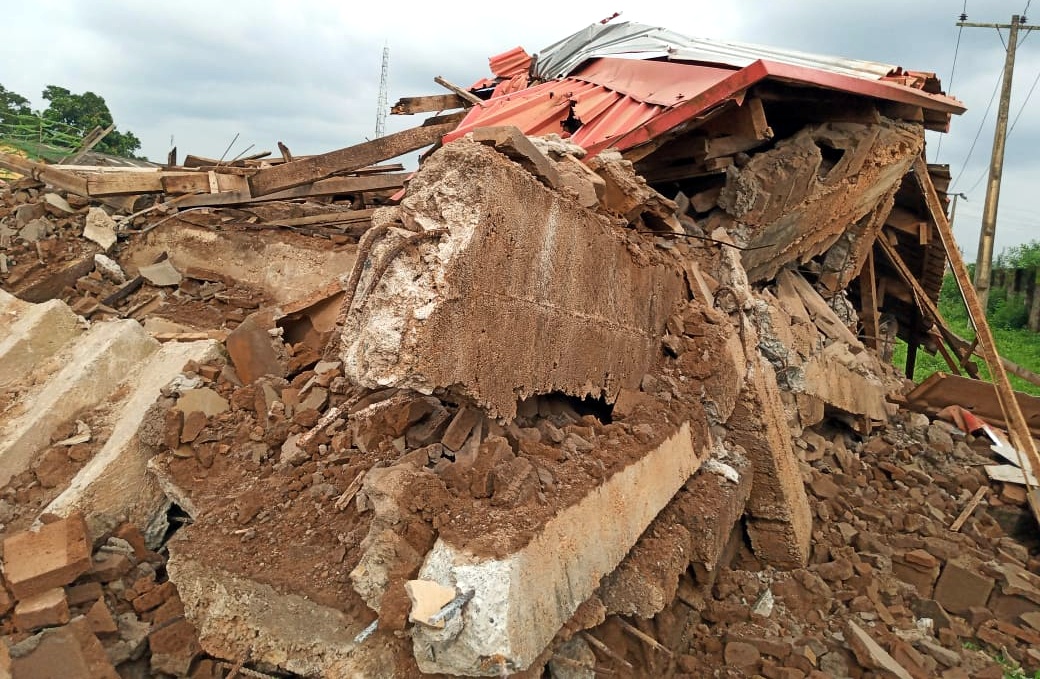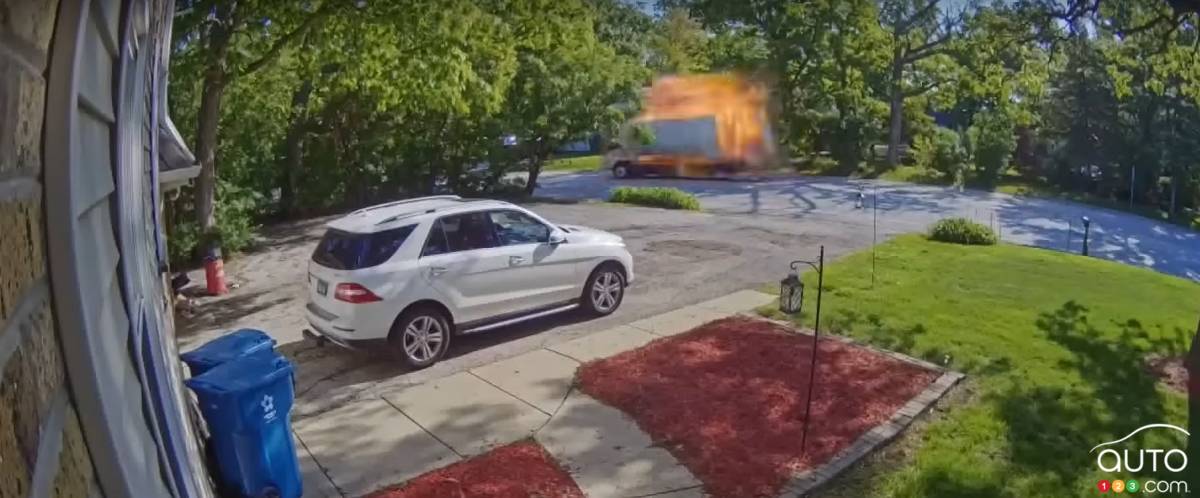These remote desert oases are Egypt's hidden gems
The world knows Egypt for the Pyramids of Giza and cosmopolitan Cairo, the tourist-trodden temples of Luxor, and Red Sea resort towns. These coastal and Nile River Valley destinations are a narrow view of a country that’s 90 percent desert.
Few travelers venture into that 90 percent. The vast Western Desert, which blends into Libya and beyond, is Egypt’s great unknown. Adventurers since Alexander the Great have braved the harsh clime and been rewarded with the untouched nature and unique culture of Egypt’s oases. Seclusion has kept these desert gems, if not secret, then still wild.
Egypt’s oases are time capsules of millions of years of human and natural history, from when whales had legs to the Roman Empire. There are golden mummies at the Bahariya Oasis and tombs vandalized with ancient graffiti at Kharga. There are natural masterpieces like geode-like salt lakes in Siwa Oasis, hundreds of bubbling hot springs at Dakhla, and unearthly landscapes of dead volcanoes and limestone hoodoos near Bahariya and Farafra.
(How to plan the ultimate adventure in Egypt, from Cairo to the Red Sea)
Fayoum has remained relatively untouched despite being only an hour from Cairo. Its name may ring a bell for the Fayum Portraits, the mummy masks found in museums like the Louvre and the British Museum. Just two remain in their hometown, at the Kom Aushim Museum, the oasis’s first stop on the drive in from Cairo.
But it's natural phenomena that Fayoum should be better known for. It’s home to the prehistoric Lake Qarun, whose saline waters are a magnet for wintering birds, including flamingos. The unofficially named Magic Lake, so secret you won’t find it on Google Maps, lures humans looking for a swim or photo op. Its waters reflect the sky, providing extraordinary views of the Milky Way. The lake is part of Fayoum’s most popular attraction, the Wadi Al-Hitan UNESCO World Heritage Site—the world’s largest whale graveyard, dating back 40 million years.
(This desert oasis is a time capsule of Egypt's grand past)
Before the late 1980s, Siwa Oasis was accessible only by camel. Today, it’s a 12-hour drive from Cairo. Yet, remoteness does little to dissuade those captivated by this mysterious oasis, just 30 miles from Libya.
In antiquity, Siwa Oasis was a site for pilgrims seeking the wisdom of the Oracle of Amun. The temple’s hilltop ruins are a highlight among the oasis’s historic sites. Also notable are the medieval mud-brick Shali Fortress, towering over the city, and Gebel al-Mawta, the Mountain of the Dead, featuring hundreds of tombs carved into its face.
But diving into Siwa Oasis' salt lakes easily surpasses all of them as a must-do. They look like liquified geodes, their electric-blue waters ringed by sparkling, crystallized shores. You can swim and float in hundreds of salt lakes, some large and others hardly big enough for one person.
Bahariya Oasis is the most well-known of the five Western Desert oases in part because it’s the easiest to reach from Cairo, but also because it has fascinating relics, hundreds of hot springs, and off-roading among volcanoes.
It’s said that Alexander the Great commemorated his visit to Siwa’s Oracle of Amun with a temple of his own, which he built in Bahariya. It lies in ruins that you can visit, but more impressive is the Valley of the Golden Mummies burial site. Hundreds of gold-covered mummies have been uncovered there, and many more are thought to remain buried. Some are on display at the small on-site museum.
Bahariya Oasis’s best feature is the Black Desert, a Martian landscape of ancient dead volcanoes. Miles of sand mountains sprinkled with black volcanic rocks are captivatingly apocalyptic. A 4x4 adventure through them is a signature experience in Bahariya. The oasis’s 400 natural hot-and-cold springs and Roman-era wells offer a refreshing rinse after a desert exploration.
(Tour Egypt's Valley of the Whales for a window onto the history of evolution)
Kharga is the “Little Italy” of ancient Egypt. The Romans conquered the oasis as a strategic trading route, and Kharga today still exudes the glory of the Roman Empire. Most notable is the Fortress of El-Deir, an imposing structure rising out of the golden dunes, still nearly intact. It has been graffitied by the many travelers who have passed through since the third century, from Turkish traders to British soldiers during the World War I.
Graffiti from prehistoric to medieval times can also be found at Gebel al-Teir, a mountain on the oasis’ northern edge, where petroglyphs exist alongside the unique Coptic script of Egypt’s Christians. The oasis’s best site for Christian monuments is the expansive El Bagawat necropolis. Colorful biblical scenes—often covered in Greek graffiti—are painted on the hundreds of cave-like, mud-brick tombs at this Christian cemetery, one of the world’s oldest and best-preserved.
Dakhla, meaning “inside” in Arabic, is perhaps even more of an insider destination than its neighboring Kharga.
Like Kharga, Dakhla’s prime was the Greco-Roman era. Ironically, the best remaining Roman monument in Dakhla is the ancient pagan Deir el-Hagar temple, similar to the Karnak Temple in Luxor. The other remarkable Roman feat in Dakhla now lies underground: A Roman settlement that formed the base of the village of Al Qasr. Today, it’s an interesting maze of abandoned mud-brick buildings and narrow alleyways.
Kharga has more ruins for the archaeological enthusiast, but Dakhla has endless hot springs to dip in. More than 600 springs bubble up from an aquifer thousands of feet below. You can soak in the pools of mineral-rich waters with a vista of pink limestone cliffs hugging the horizon.
(A practical guide to travel in Egypt, from tipping culture to independent touring)
Farafra is said to be Egypt’s most isolated oasis. It’s the entry point to the enigmatic White Desert, which looks like the surface of a moon in an alternate universe. In some areas, the glittering white sand is easily mistaken for a dusting of snow. In others, it resembles swaths of thick meringue on the world’s biggest cake. Yet still other parts are fields of limestone hoodoos that tower precariously over your 4x4 like giant mushrooms.
If you can handle the rough and tumble of the terrain, it’s well worth venturing further into the desert to see the Neolithic remains that attract anthropologists from around the globe. About 30 miles out are remnants of a prehistoric village, the foundations of huts still standing. Nearby, rock art that’s older than the pyramids decorates the walls of a cave, including handprints.
Miranda Mullings is an American travel and culture writer based in Rome, Italy.











